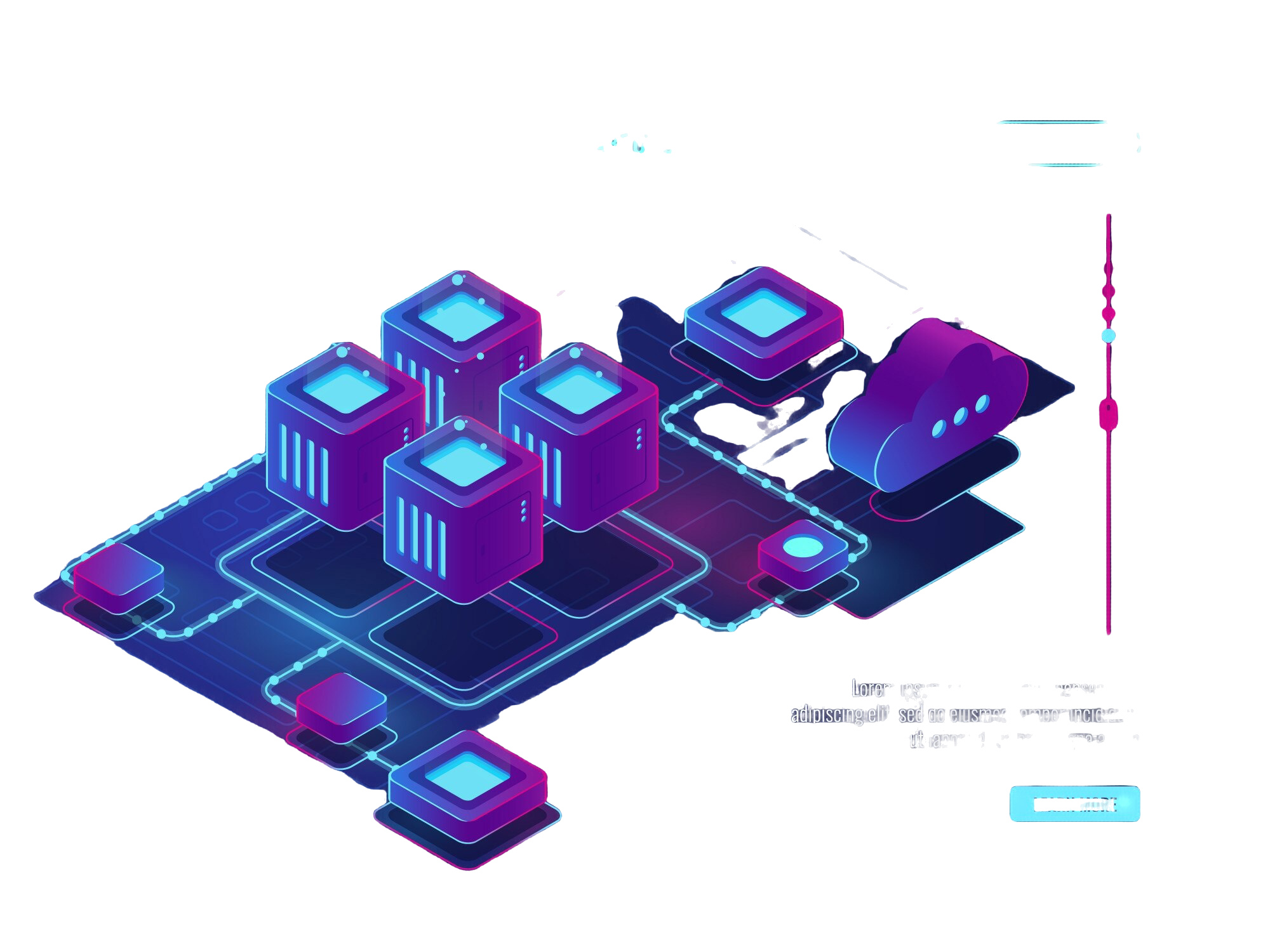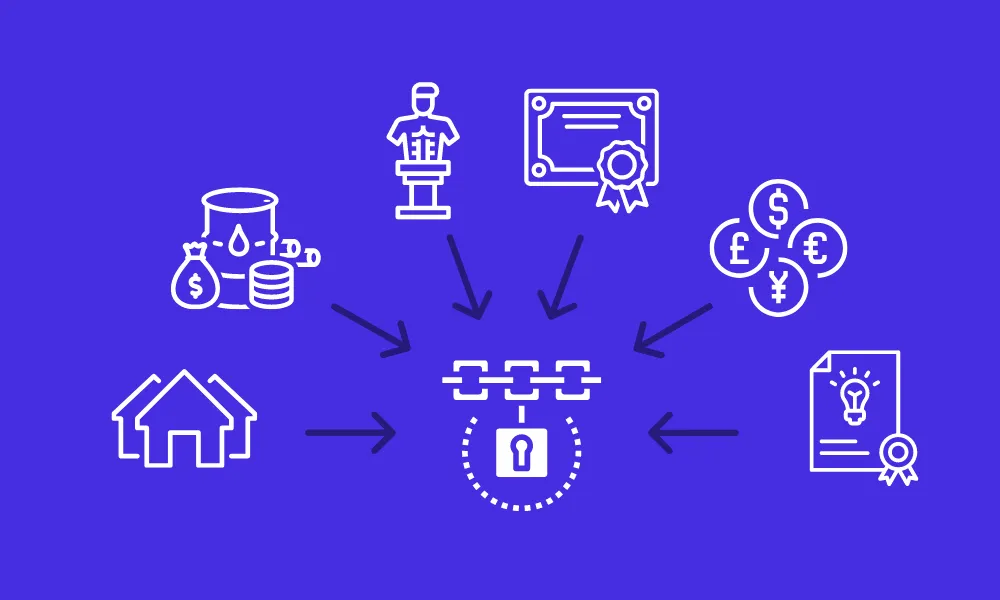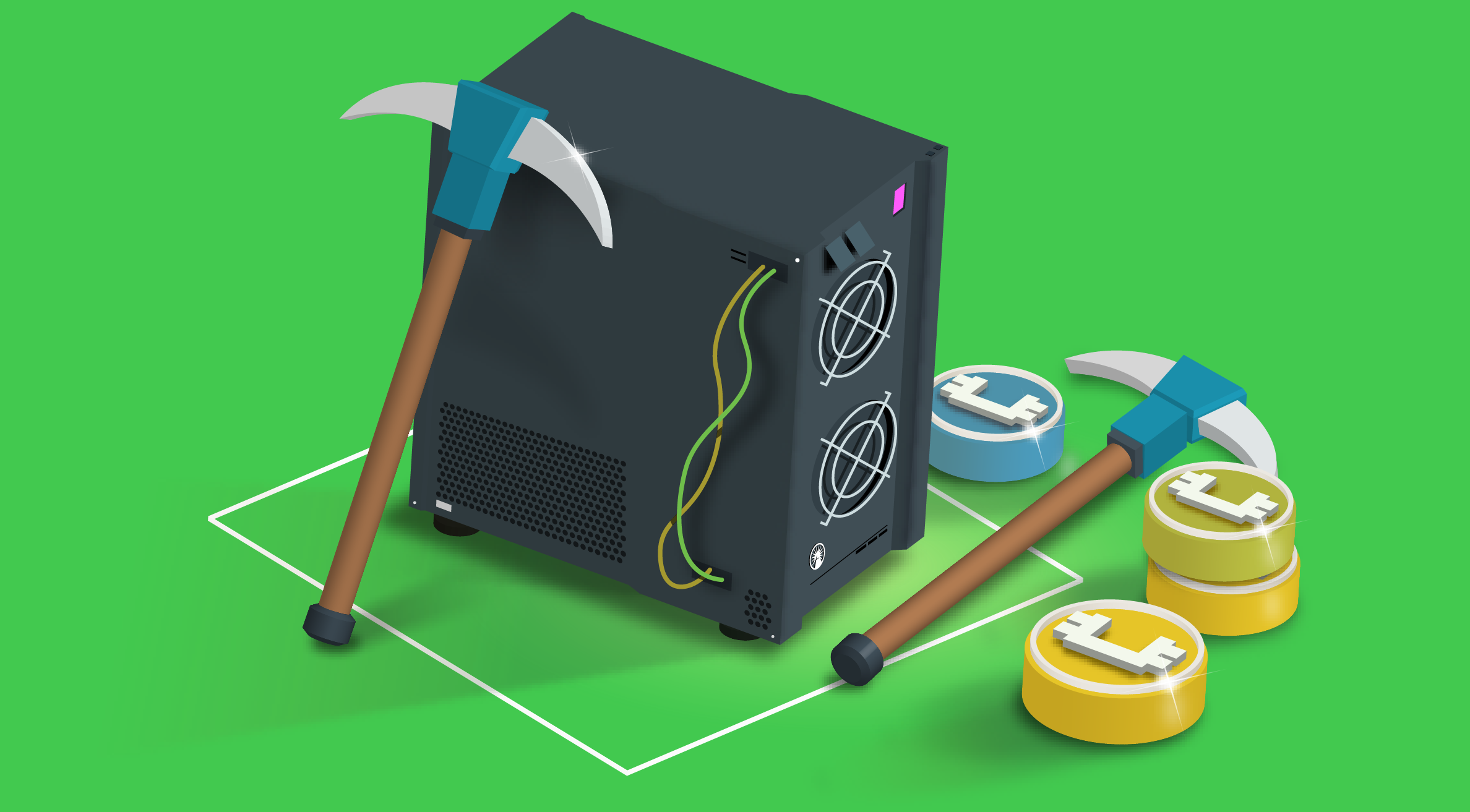Blockchain Scalability: Can Layer-2 Solutions and Sharding Solve the Issue?
As blockchain technology continues to evolve and gain widespread adoption, the challenge of scalability has emerged as a critical bottleneck. With major networks like Bitcoin processing only 7 transactions per second (TPS) and Ethereum managing around 15 TPS, the need for scaling solutions has never been more pressing. This article explores how Layer-2 solutions and sharding could potentially address these limitations.
Understanding Blockchain Scalability
Blockchain scalability refers to a network's ability to handle an increasing number of transactions while maintaining performance and decentralization. The challenge lies in what's known as the "blockchain trilemma" – the inherent trade-off between decentralization, security, and scalability. Traditional blockchain networks struggle to optimize all three simultaneously.
Current blockchain networks face significant challenges during periods of high activity. For instance, during the 2021 cryptocurrency bull run, Ethereum's gas fees skyrocketed to hundreds of dollars per transaction, making the network practically unusable for smaller transactions. These limitations highlight the urgent need for scaling solutions that can handle mainstream adoption without compromising on decentralization or security.
Layer-2 Solutions: Building Above the Base Layer
Layer-2 solutions represent one of the most promising approaches to blockchain scaling. These protocols operate on top of existing blockchain networks (Layer-1), processing transactions off the main chain while inheriting its security guarantees.
The Lightning Network, built on Bitcoin, demonstrates the potential of Layer-2 solutions. By enabling users to create payment channels for multiple transactions that only settle on the main chain when closed, it can theoretically handle millions of transactions per second. Similarly, Ethereum's ecosystem has embraced solutions like Optimistic Rollups and zk-Rollups, which batch multiple transactions together before submitting them to the main chain.
These solutions have shown remarkable results in real-world applications. For example, Arbitrum, an Optimistic Rollup solution, has processed millions of transactions with fees less than 1% of those on Ethereum's main network while maintaining security guarantees.
Sharding: Dividing to Conquer
Sharding takes a different approach to scalability by horizontally partitioning the blockchain into smaller, more manageable pieces called shards. Each shard processes its own set of transactions and smart contracts, effectively multiplying the network's throughput by the number of shards implemented.
Ethereum 2.0's sharding implementation plans to create 64 separate shard chains, potentially increasing the network's throughput to thousands of transactions per second. This approach differs fundamentally from Layer-2 solutions as it modifies the base layer itself rather than building additional layers on top.
Comparing Approaches and Their Impact
Both Layer-2 solutions and sharding offer unique advantages and face distinct challenges:
Layer-2 solutions provide immediate scalability benefits without requiring fundamental changes to the underlying blockchain. They're particularly effective for specific use cases like payment systems or gaming applications. However, they may introduce additional complexity for users and can face challenges with cross-Layer-2 interoperability.
Sharding, while potentially offering greater scalability in the long term, requires significant changes to the base protocol and faces technical challenges in maintaining cross-shard communication and security. The successful implementation of sharding could revolutionize blockchain scalability, but it represents a more complex and long-term solution.
Future Implications and Industry Impact
The successful implementation of these scaling solutions could transform the blockchain landscape. Industries from finance to supply chain management could benefit from high-throughput, low-cost blockchain networks. For instance, decentralized finance (DeFi) applications could operate at scales comparable to traditional financial systems, while maintaining their decentralized nature.
Conclusion
The future of blockchain scalability likely lies in a combination of Layer-2 solutions and sharding, each addressing different aspects of the scaling challenge. As these technologies mature, they promise to unlock the full potential of blockchain technology, enabling true mainstream adoption while maintaining the decentralization and security that make blockchain revolutionary.
The continued development and refinement of these scaling solutions represent a critical step toward realizing the vision of a blockchain-powered future, where decentralized systems can operate at global scales without compromising their fundamental principles.









